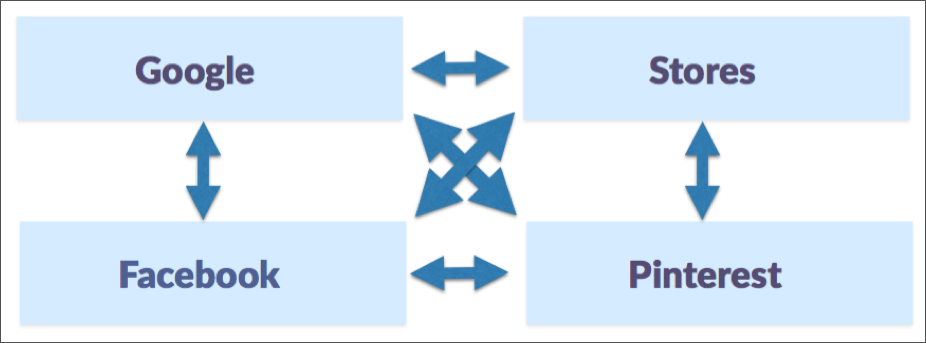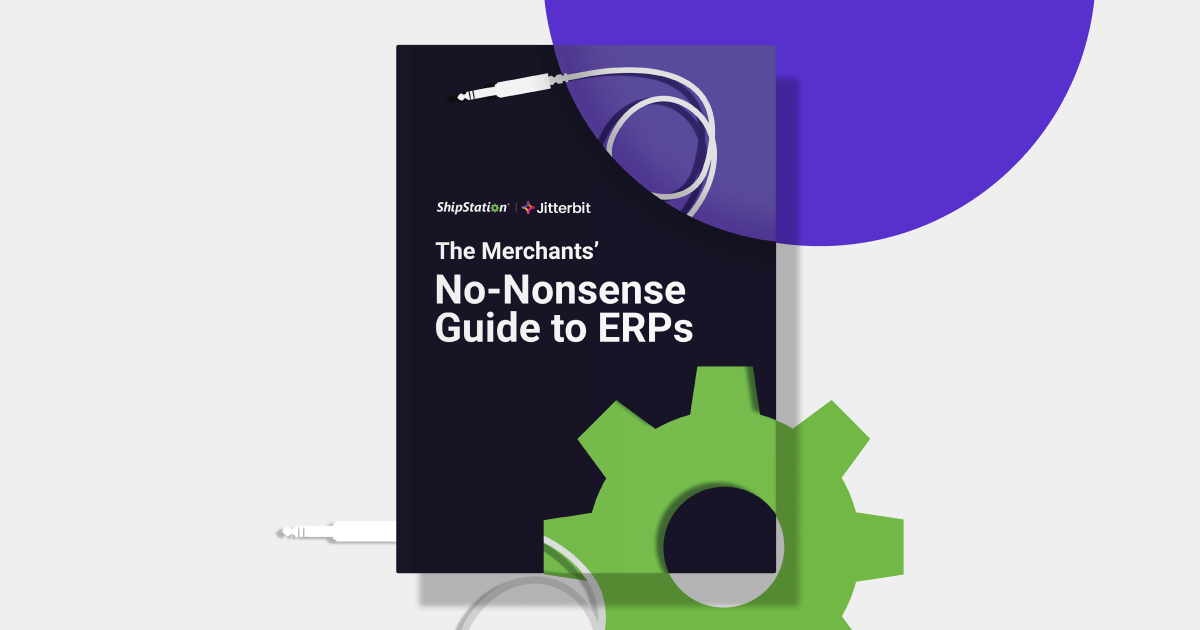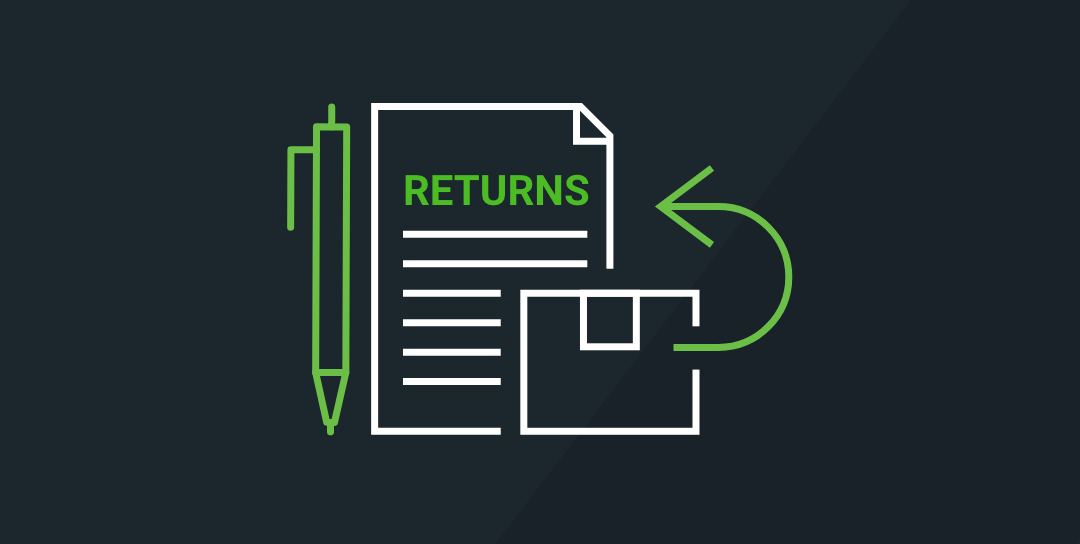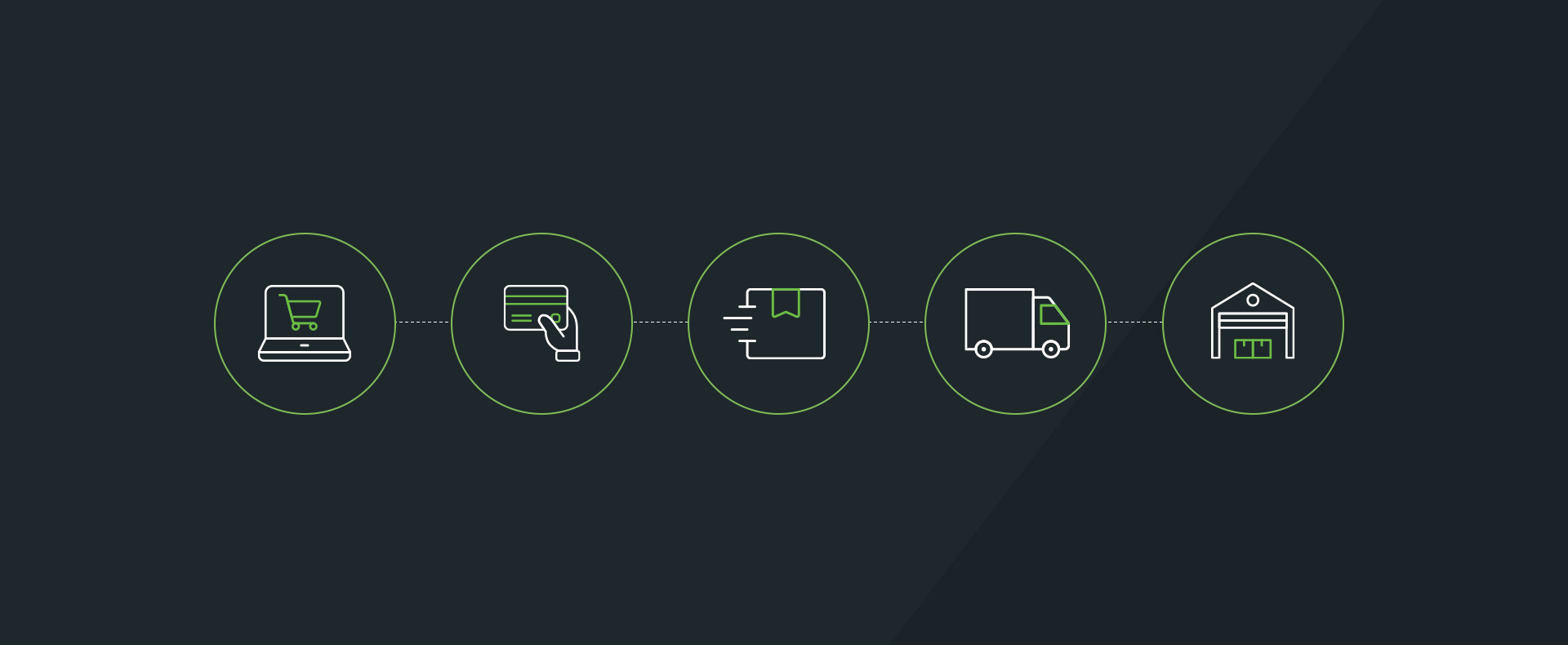Multichannel Marketing 101: What Online Retailers Need to Know
This blog was contributed by Brianne Price, Content Marketing Manager at Demac Media. Demac Media is a commerce agency that helps retailers, merchants, brands, sell anything, anywhere across Shopify Plus, Magento, and Workarea platforms.
Multichannel marketing has gotten a little overwhelming, hasn’t it? There are so many avenues on which you can connect with ecommerce shoppers. And more are popping up all the time.
Being able to effectively market on multiple channels is a powerful skill. But as a retailer you could be shooting yourself in the foot if you invest your dollars in the wrong channel. Or worse, if you try to be everywhere at once.
In a multichannel ecommerce landscape — like the one we operate in today — it’s critical to do careful planning in order to beat your competition. Here’s what you need to know about using multichannel marketing to drive business.
What Is Multichannel Marketing?
Rather than offering you a rephrased mixture of definitions from several different sources, here’s how Gartner defines multichannel marketing:
Multichannel marketing constitutes continual, orchestrated engagement across digital and traditional customer touchpoints. It includes:
- Comprehensive understanding of customer behaviors, attitudes and actions
- Rules and intelligence for engagement timing and targeting at the right moment in the customer journey
- Automation and scale of multichannel marketing execution
Couldn’t have said it better myself.
Why Should I Engage in Multichannel Marketing?
Well, for a few reasons. Casting a wider net increases your chances of reaching new audiences. And it enables you to connect with customers on their preferred channel. Plus, you gain valuable insight into customer behavior via the data you collect in your multichannel campaigns.
Whether they’re shopping online or in-store, every consumer wants a consistent, enjoyable experience. And no shopper is consciously considering which channel they’re using. Consumers don’t think that way. There are no separate “channels” to shoppers — just their various interactions with a brand.
That’s an important fact to recognize when you build your multichannel marketing strategy. Yes, the way you market on different channels will be different. You can’t have an in-store display that says, “Click Here for 25% Off”, obviously. But there should never be an obvious disconnect between how your brand is presented to a shopper in-store vs. online, or on Facebook vs. Instagram. You want to guide the customer on their journey, not interrupt it.
How Do I Choose Which Channels to Market On?
As I mentioned before, one of the biggest challenges with effectively marketing on multiple channels is that are just so many of them. And every time you start marketing on a new channel, your business has new campaigns that need their own strategy for monitoring and optimizing.
Before you dive into marketing on a new channel, you must first decide if it’s even a good idea to do so. Think about cats (stay with me on this one):
- Can you deliver the right Content …
- To the right Audience …
- At the right Time …
- And be confident about your Success? …
If you can’t, don’t. But if you can, the next step is to determine what you hope to accomplish with your campaigns. How will you measure performance? Define success and failure? Optimize your campaigns? Know these details beforehand; don’t try to figure them out after you’ve already launched a campaign.
So how can you acquire more customers with multichannel marketing?
How Can I Effectively Leverage Multichannel Marketing?
Customer acquisition strategies even a few years ago were developed much differently than they are now. We aren’t in a single-channel world anymore. Online retailers simply cannot put all of their eggs in one basket.
According to a study by Adobe, on Black Friday 2016, retailers who focused on mobile, email, and social reported an average of 30% more sales than stores who only invested in one or two channels.

The customer journey is not a straight line. A consumer could start their shopping trek on Facebook, take a pit stop in Google, pull over to visit Pinterest, see what’s happening on Instagram, and finally end their trip to make a purchase on your site. Each touchpoint contributed to the online shopper’s decision to buy from you. So each touchpoint needs to receive proper credit for their role.
This is where marketing attribution comes into play.
Marketing Attribution
Marketing attribution starts by identifying the individual interactions a shopper has with your brand throughout the customer journey. After collecting this data, you assign credit to each interaction. Now you have better visibility into how much each touchpoint influenced the ecommerce shopper’s decision.
In traditional attribution models, a brand gives all credit to either the first touch (in the above example, that’s Facebook) or the last touch (Instagram). And if you use a first-touch or last-touch attribution model, you might think it was exclusively your Facebook or Instagram marketing that inspired the sale.
But in a modern, U-shaped attribution model (diagram below for reference), you can see how each channel interacts with one another and use accurate, objective data to better optimize your campaigns.

One of the most common mistakes retailers make is investing all of their time in perfecting the pre-purchase and purchase parts of the customer experience and ignoring the next step: shipping and delivery. How an ecommerce merchant approaches the post-purchase experience is just as important as how it approaches its strategy for attracting shoppers and converting them into customers.
Unless you want to end the customer experience on a sour note, you have to have a plan in place to stay in contact after the order is shipped. (Our friends on the ShipStation marketing team put together an awesome ebook that tells you exactly how to construct a stellar post-purchase experience. Check it out here!)






